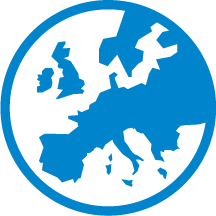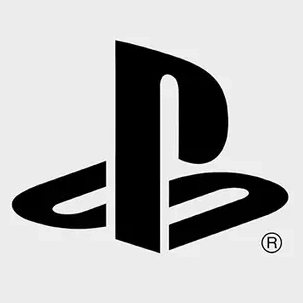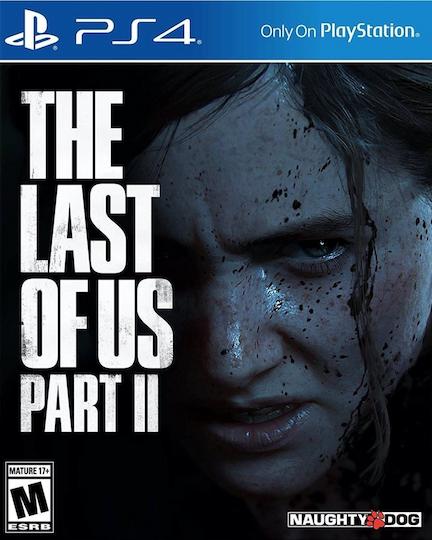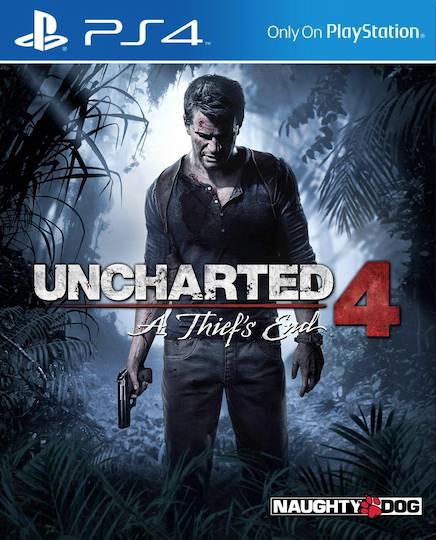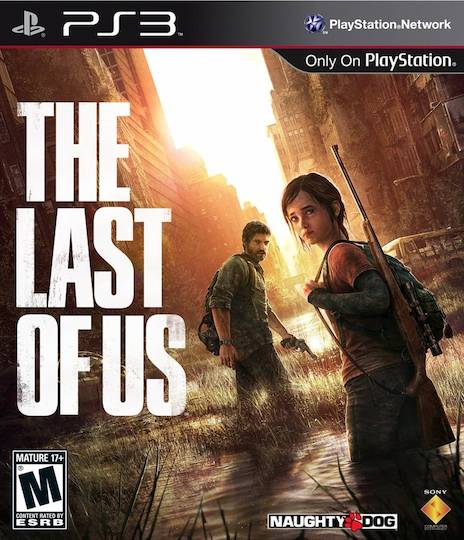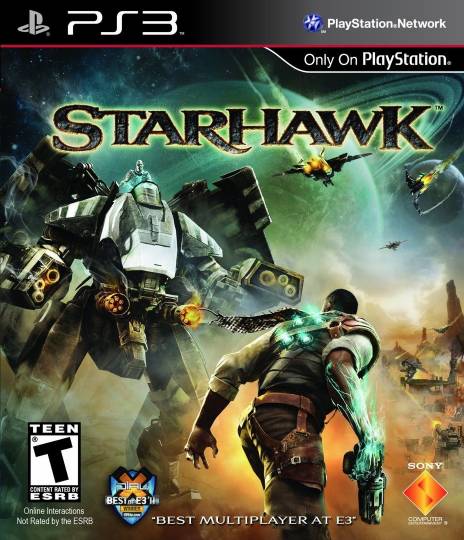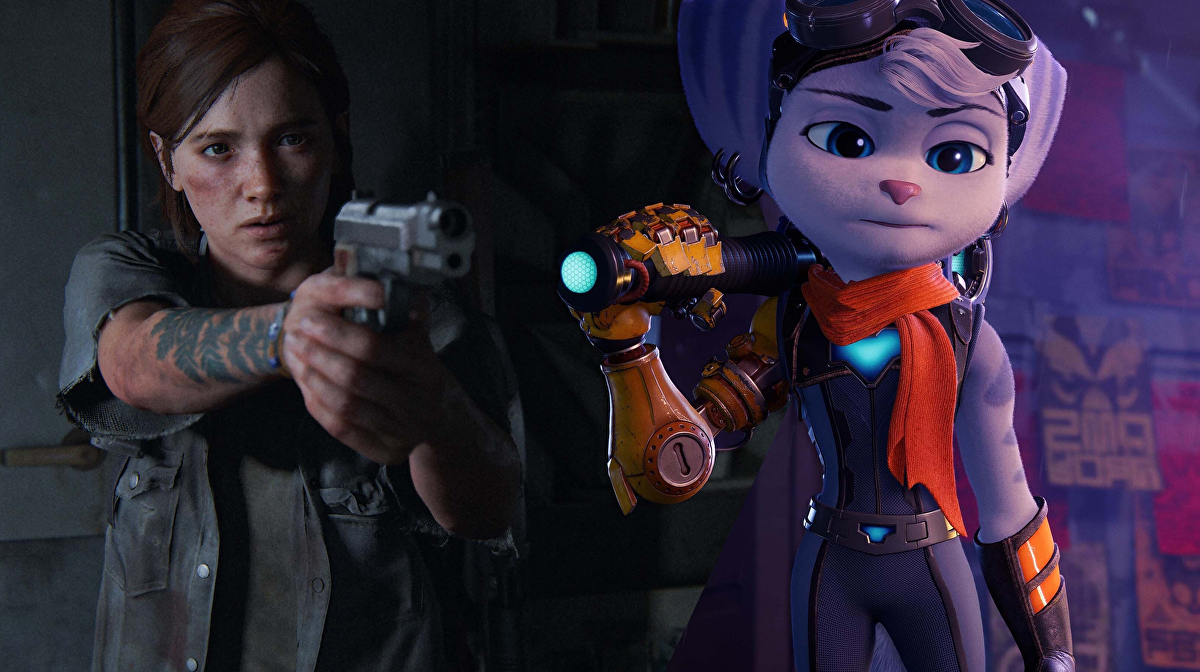
Eurogamer recently invited developers from Naughty Dog and Insomniac Games to share their thoughts on accessible game design. I was thrilled to relate some anecdotes of working with our terrific accessibility consultants, and how novel features and mechanics emerged from our collaboration. I also got to express my viewpoint that accessibility is an exciting frontier in game design, and there are still so many foundational design and implementation questions waiting to be explored.
I have reproduced my own responses below, but please click through to the full article to read Brian Allgeier and Michele Zorrilla’s takes as well.
Possibly a hard question to answer to start with: what is the biggest thing about accessibility design in games that a lot of people don’t understand or aren’t aware of?
Matthew Gallant: Accessibility is orthogonal to difficulty. Providing a “very light” difficulty option may remove barriers for some players, but others want to play on “grounded” or with permadeath enabled. (Shout out to SightlessKombat!) Challenge and accessibility can coexist in harmony with the right design choices.
To give an anecdote from development on The Last of Us Part 2: to adapt stealth gameplay for blind players, we prototyped an “invisible while prone” option. In our first accessibility playtest, we asked consultant Brandon Cole to try it out and give us feedback. We cheered as we watched him get his first stealth kill while using it, and overall his impressions were positive. However, he had one feature request: unlimited invisibility felt too generous, could we add an optional time limit?
What is the cornerstone of accessibility in games at the moment? Is there a set of features that you always build out from, or does it change from game to game?
Matthew Gallant: Accessibility is fundamentally about good design. Games typically have their own unique needs and challenges in terms of accessibility features and implementation, but those choices are guided by universal design principles.
The Access Design Patterns framework breaks this down really well. A few that were particularly relevant for us were:
- “Second Channel”: any information provided through one channel (e.g. visual) should also be available through other channels (e.g. audio, haptics).
- “Same Controls But Different”: allow players to remap their control schemes, and provide alternatives for button holds, mashes, and chords.
- “Clear Text”: allow players to increase text size, colour, and contrast to improve legibility.
We’re fortunate at Naughty Dog in that we own and develop our own game engine. This means that any functionality we develop for one game is a permanent investment in our technology, and can be carried on to future projects.
How much do you work with the wider community of players with disabilities? What does this work look like? I am assuming there is overlap with the team as a matter of course!
Matthew Gallant: While we work with a range of accessibility consultants, we also get informal feedback from various sources. For instance, we have several developers with disabilities on our team who used and evaluated the features as they were being prototyped and implemented. This included our motion sickness options, mono audio mode, and our one-handed control scheme presets.
We also get letters and emails from fans with feedback and functionality requests. For example, in 2018 we received a letter from a fan requesting the “camera sway” and “camera shake” adjustments from God of War. They were excited for The Last of Us Part 2, but were concerned that it would be unplayable for them without these options. Serendipitously we already had these options in our debug menu, it had just never occurred to us to expose them to players.
One of the things that really leaps out at me about accessibility design is that it must be a really fascinating form of problem solving: you have these things you need to translate for a wide variety of players and you have to work out how to do them. Is that right or have I romanticised it hopelessly?
Matthew Gallant: Accessibility is indeed a tremendously exciting design space. A lot of great ideas emerge in conversation with our consultants during playtests. To give a few examples:
While discussing functionality that would be useful for players with low vision, our consultant James Rath pulled out his iPhone to show us the various features he uses on a daily basis. He was demonstrating using a gesture to zoom on the phone screen, when it occurred to us that the DualShock 4 also has a touchscreen built-in. This led to the creation of our “Screen Magnifier” feature. Watching Steve Saylor’s joyful reaction to the feature in a later playtest was a big development highlight!
We had another breakthrough while playtesting with fine motor accessibility consultant Paul Lane. He was having difficulty lining up a series of jumps through a tricky traversal sequence. Ironically, we had designed a feature to help players to align their jumps, but it was bundled with audio cues and intended as a vision accessibility feature. Paul loved the assistance, but rightly did not want the unnecessary accompanying audio. This taught us two valuable lessons. Firstly, don’t make assumptions about who will be using your accessibility features. Secondly, make accessibility options granular so players can tweak them to suit their needs.
Another design breakthrough happened in conversation with Brandon Cole. We had designed two features to help blind players navigate. “Navigation Assistance” points the player towards the critical progression path by pressing L3. “Enhanced Listen Mode” allows players to scan the environment for items and enemies, causing them to emit a spatial audio cue when pinged. Brandon had the brilliant idea of uniting these two features, allowing players to set their navigation goal to the item or enemy they had just scanned for. The combination of these two features greatly enhanced the gameplay experience for blind players.
What would you like to see happen in accessibility in the next ten years? What are the big challenges and the big opportunities?
Matthew Gallant: The big challenge for accessibility is that there is no silver bullet. Every game has unique accessibility design challenges, and must be evaluated and playtested individually. However, games that advance the cutting edge of accessibility benefit the entire industry. Future games can replicate proven functionality at much lower risk and cost.
The big opportunity for accessibility is that it’s a true frontier of game design. We had almost zero precedents to work from while designing complex action/shooter game features for blind players. However, this gave us a completely blank canvas to try anything we could imagine. In some ways it feels like the early days of 3D controls in the PS1 era, when designers were grappling with fundamental questions like “how do you move the camera”?
Over the next (hopefully less than) 10 years, I would like to see accessibility features become the norm for all video games, something that seems noteworthy and deficient when absent. I believe that this demand will emerge organically from players who become accustomed to the universal benefits of good accessible design.
I also had the opportunity to share some of my favourite letters from fans on the PlayStation Blog. While I’ve heard many heartwarming stories from players who love and cherish our games over the years, the ones that have touched me the most are the ones about accessibility.
“Nothing makes me prouder as a game developer than hearing from players who have used the accessibility settings to remove barriers from their gameplay experience. One player told us how the accessibility settings allowed his father to reconnect with gaming as a hobby after losing his vision due to a degenerative eye disease. Another described how he watched his wife (who is completely blind) play The Last of Us Part II, and how delighted they were to share the experience.
A player with cerebral palsy worried the Rat King fight might be impossible without asking his dad for assistance. He tweaked the accessibility settings, got the timing down, and (to quote him directly): “FOR THE FIRST TIME IN MY LIFE I DEFEATED A BOSS!”
These stories remind me of our duty to consider the needs of all players with our design choices, and how accessible design invites everyone to play. We’ll strive to continue reaching further as we create games at Naughty Dog.”
I’ll reiterate a big thank you to everyone who has been part of the accessibility effort over the years: our development team at Naughty Dog, our partners at Sony, our wonderful consultants, and the many fans who have provided feedback and feature requests. Here’s to continuing to push the frontier of accessible game design in 2022 and beyond.
